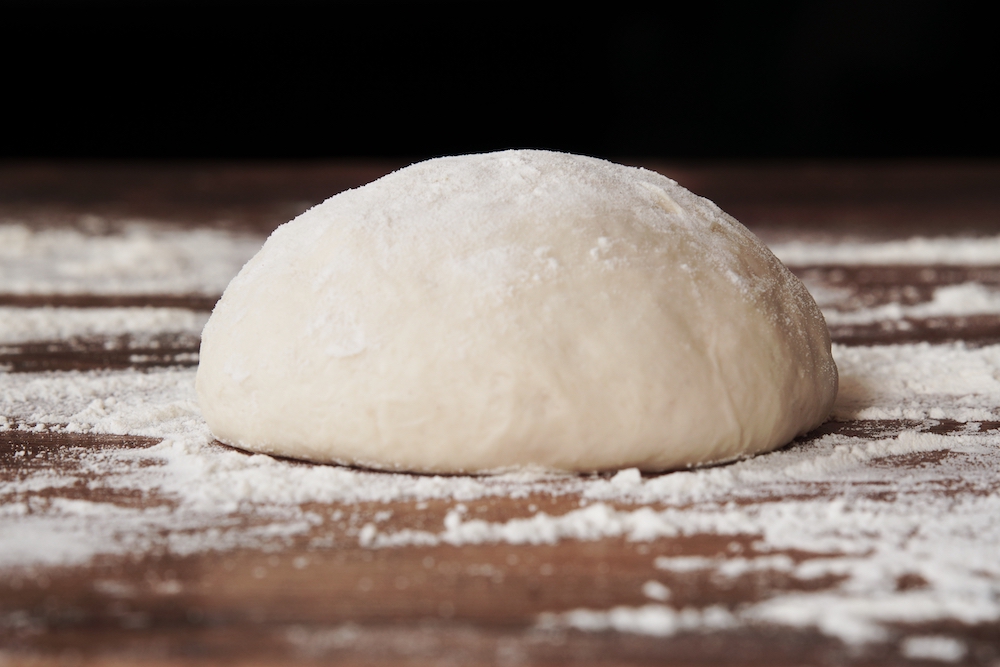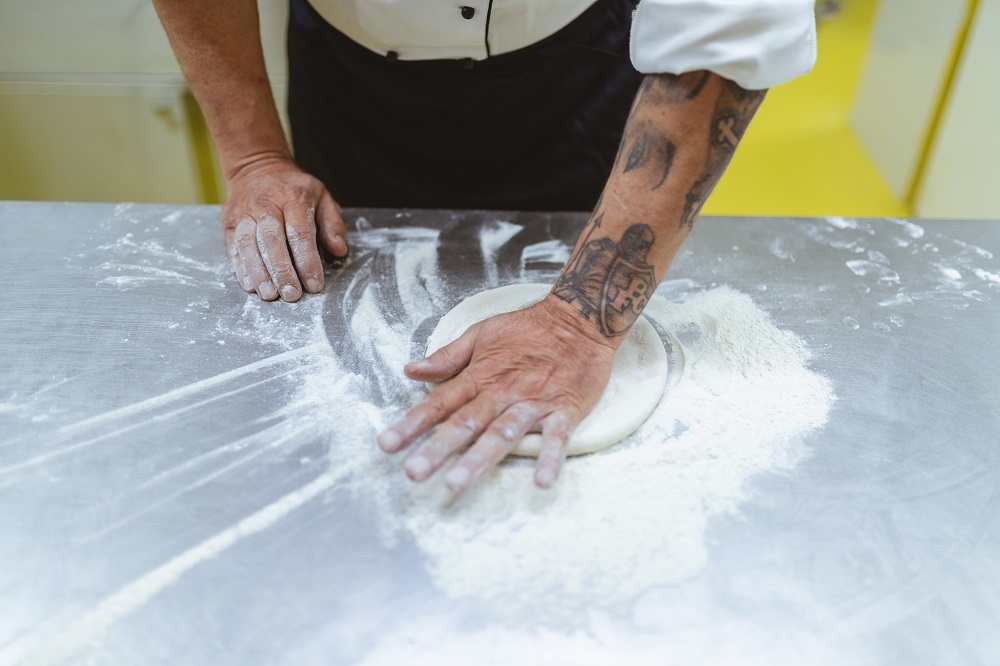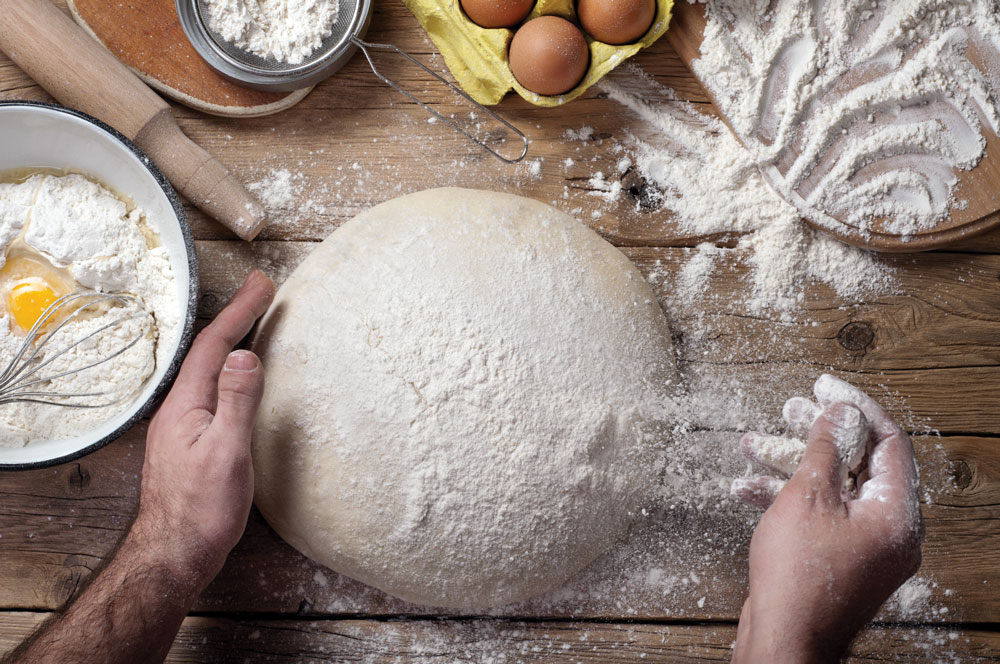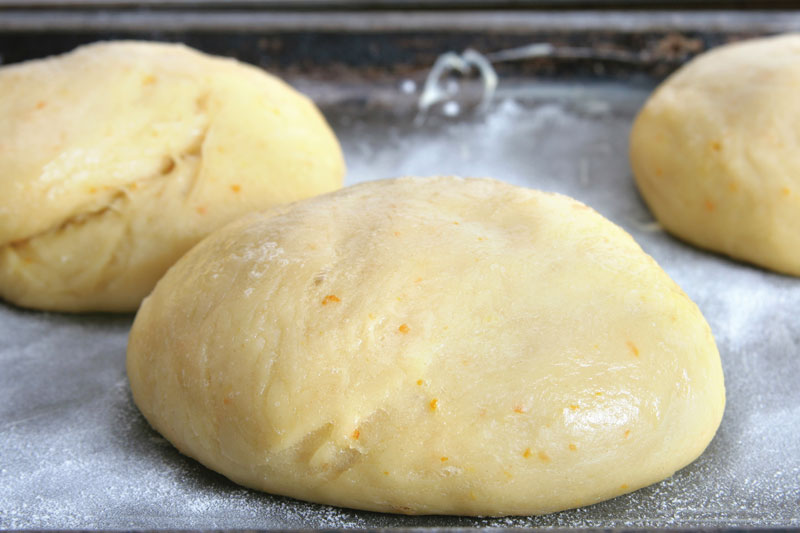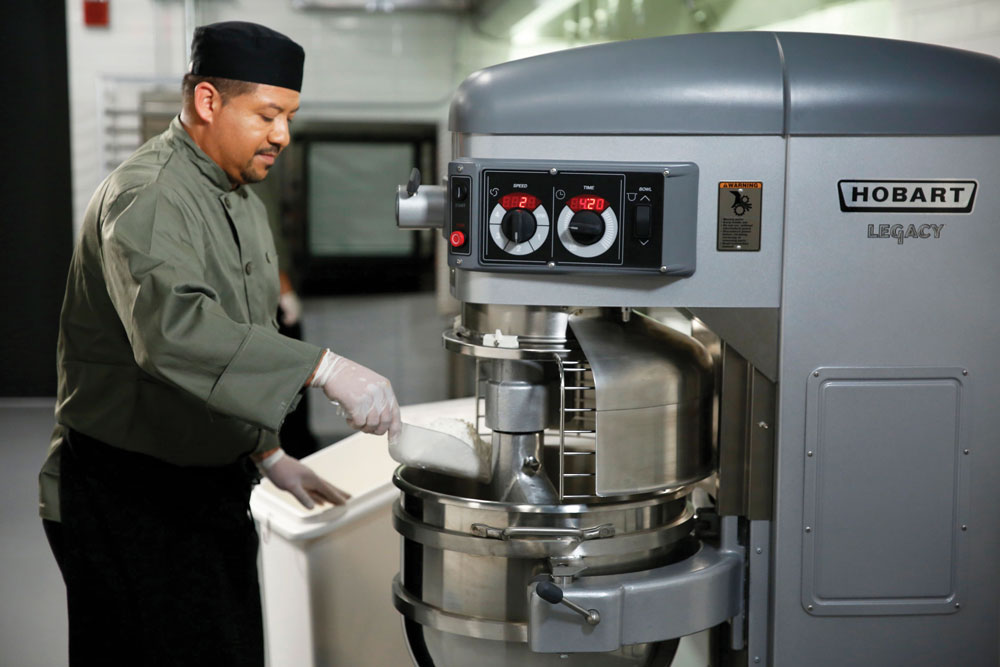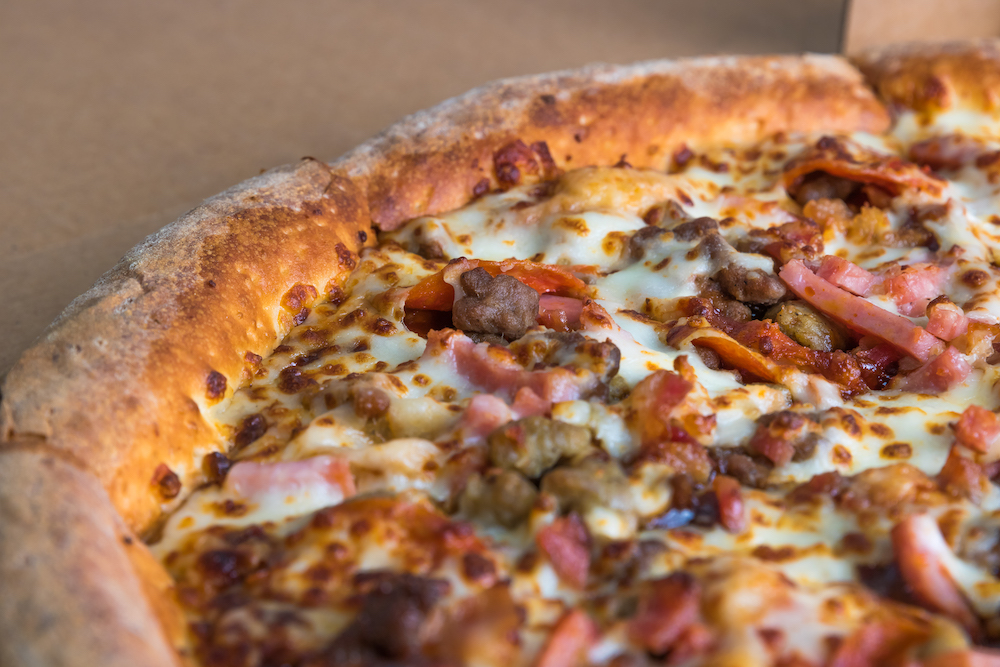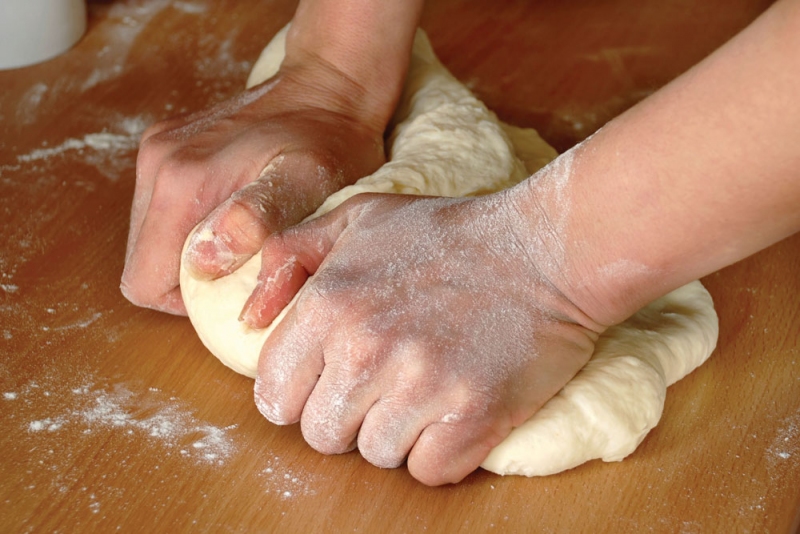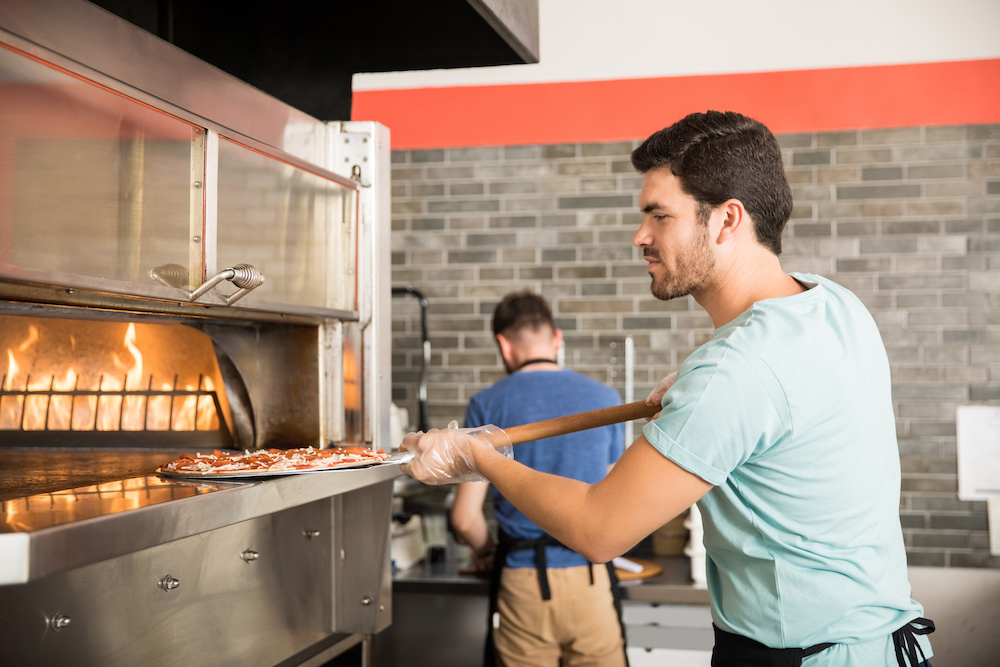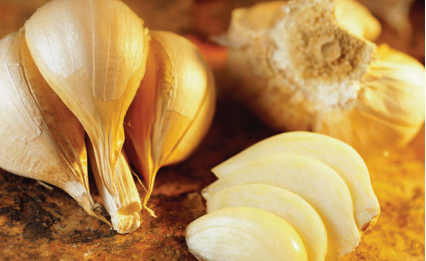 QUESTION:
QUESTION:
Do you see any problem with adding garlic to our pizza dough?
ANSWER:
Adding garlic to your pizza dough is a great way to add another dimension of flavor to the finished crust. However, you’ve got to be careful when doing so, since both garlic and onion exert a dough reducing effect; they will have a softening or weakening effect upon the dough. The dough will develop faster in the mixer, so you will need to mix the dough less when garlic or onion is present. I normally recommend mixing the dough about 20% less when garlic and/or onion is used in the dough. It will also reduce the refrigerated holding time of your dough. I don’t recommend holding dough with garlic and/or onion more than two days in the cooler, because you may find your dough turning to putty.
Here are some tips for using garlic and/or onion in your dough: Use a larger particle size, such as granulated, minced or chopped rather than powdered or pureed. The larger particle size will help to limit the amount of reducing agent that is leached into the dough. If you are using a dried garlic or onion product, stir it into the oil that you normally add to your dough and allow it to soak up the oil for a few minutes before adding it to the dough. This will help to keep the reducing agents within the dried product, thus limiting their effect upon the dough. But still keep an eye on the mixing time, as it will be somewhat shorter in all cases.
QUESTION:
We want to make deep-dish pizzas, but we don’t want to par-bake the crusts or have to worry about running out of dough (proofed) ready to bake. Is there a process that you know of that might work well for us?
ANSWER:
You’re in luck—many years ago, when deep-dish pizza was just coming into its own, and discussions raged over whether deep-dish pizza would exceed thin-crust pizzas in popularity, I developed a procedure for making deep-dish pizza dough that was a lot more user friendly than other methods in that it allowed the dough to be stored and used directly from the cooler, rather than at room temperature or in a temperature humidity-controlled proofing cabinet, which ultimately leads to running out of proofed dough, as always, at the most in opportune time.
Using your regular deep-dish dough formula, adjust the dough water temperature to produce a finished dough temperature in the range of 85° to 90°F, with a target of 88° to 90°F. Immediately after mixing, take the dough to the bench for scaling and balling, place the dough balls into plastic dough boxes, and wipe the top of the dough balls with salad oil. Cover the boxes and allow the dough to ferment at room temperature for about two hours, or until the dough balls can be shaped to fit the pan(s) without excessive shrinkage or snapback. Place the shaped dough piece into an oiled or greased deep-dish pan, and cover the pans; if they have a nesting lip, stack the pans and place a cover over the top pan to prevent drying. Take the pans to the cooler for overnight storage. On the following day, pans of dough can be removed from the cooler as needed for dressing and baking to fill customers’ orders. In most cases, you should be able to hold the dough in the cooler for up to two days. If you find that the dough collapses on the second day, this is an indication that you may need to reduce the yeast level slightly in the dough. If you find that the finished crusts are too tough or chewy, this is an indication that the flour protein content is too high, and a switch to lower protein-content flour should correct the problem. In our testing, we have found that the best deep-dish pizza crusts are made from flour with between 11.6% and 12.6% protein content. This would be considered a strong bread flour, rather than a “pizza” flour.



